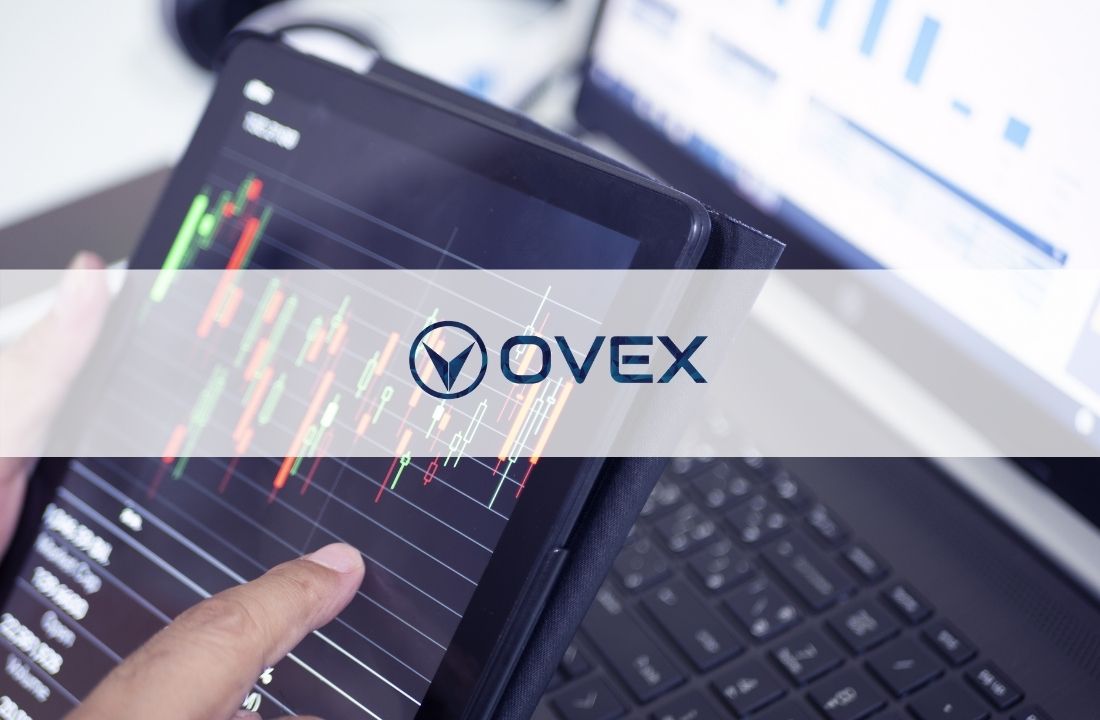In the ever-evolving realm of cryptocurrencies, the conduits connecting traditional financial systems with the dynamic digital economy are indispensable. These pathways, known as on and off-ramps, serve as crucial intersections where fiat currencies and cryptocurrencies converge, enabling seamless access and transition between the two worlds.
In this article, we will delve into the pivotal role of on and off-ramps, exploring their functions, significance, and the central role they play for crypto institutions and individuals alike that frequently enter and exit the space via these traditional finance highways.
Demystifying On and Off Ramps
Cryptocurrency on and off-ramps are the gateways that facilitate the interaction between traditional financial (TradFi) systems and the burgeoning crypto landscape. This interaction is made possible through Centralized Finance (CeFi). These are regulated entities where a central authority manages the financial assets and goods in their custody.
CeFi describes those services that overlap the TradFi payment system and the decentralised cryptocurrency ecosystem. A cryptocurrency exchange (often abbreviated to CEX) is an example of a CeFi service and a major fiat gateway to the world of cryptocurrency.
Popular African exchanges include VALR and OVEX. These CEXes are required to adhere to certain regulatory standards. This is because on-ramps and off-ramps (like CEXes) are regulated businesses that operate in both the fiat and crypto realm. They are therefore required to be licensed and meet certain regulatory requirements. Some applied globally (like KYC and AML) others specific to the jurisdiction(s) in which they operate. Other examples of major fiat gateways include crypto-compatible money-transfer services, and Bitcoin ATMs.
While the term ‘ramps’ may sound technical, in essence their value lies in the mechanisms that enable individuals to enter and/or exit the crypto economy using familiar fiat currencies. These ramps can be integrated with wallets, dApps, and NFT marketplaces, allowing customers to purchase and/or sell cryptos with their local currency.
Ofttimes white-labelled – it is these ‘ramping solutions’ that ultimately power Web3 with their coveted crypto-fiat liquidity. In fact, most Web3 apps cannot succeed if would-be customers do not have a means of moving value onto and off of the blockchain.
On-Ramps: Stepping into the Crypto Realm
When a newcomer decides to immerse themselves in the world of cryptocurrencies, their first interaction often involves acquiring digital assets. This process, referred to as the on-ramp, entails exchanging traditional fiat currency (such as USD, Euros, or Yen) for cryptocurrencies like Bitcoin or Ethereum. Essentially, on-ramps facilitate the transformation of conventional (fiat) money into digital tokens.
The Vital Role of On-Ramps
Beyond acting as a gateway for beginners, on-ramps are instrumental in enhancing the liquidity of cryptocurrencies by introducing fresh capital into the market. This fresh capital can then be used to perform familiar tasks: like setting up direct deposit payments, paying merchants or bills using crypto for settlement and even remitting funds across borders. On-ramps play a pivotal role in making the crypto ecosystem more accessible by bridging the gap between traditional financial infrastructure and the innovative blockchain-based realm.
Off-Ramps: Transitioning from Crypto to Fiat
On the flip side, off-ramps refer to the process of converting cryptocurrencies back into traditional fiat currency. This facet of the ecosystem enables crypto holders to translate their digital holdings into conventional money, offering an exit strategy for those aiming to secure gains or manage their investments.
The Significance of Off-Ramps
Much like on-ramps, off-ramps are of utmost importance. They provide a secure avenue for individuals to liquidate their cryptocurrency assets to park profits and manage their portfolios. Off-ramps are of particularly importance for those who seek to reduce their exposure to market volatility. They also ensure advanced traders can successfully execute trading strategies like arbitrage.
Navigating the On and Off Ramp Landscape: Brokers, Exchanges, and OTC Desks
It’s crucial to recognize that not all on and off-ramps are created equal. Different avenues exist to facilitate these transactions. The most widely used ramping solutions include: Brokers, Exchanges, and OTC desks.
1. Brokers: Brokers act as intermediaries between cryptocurrency buyers/sellers and cryptocurrency marketplaces. They facilitate the crypto-fiat exchanges on their client’s behalf. Brokers often offer a user-friendly interface and guidance for newcomers stepping into the crypto space for the first time. They do tend to charge a higher fee for their services. This is either baked into the spread (the difference between the price they pay and the price they offer you) or a fixed percentage of volume traded.
2. Exchanges: Cryptocurrency exchanges are digital marketplaces where users can trade various digital assets. They work similarly to stock exchanges where buyers and sellers convene. These provide both on and off-ramp services and support crypto-fiat and crypto-crypto markets on their order books. Exchange liquidity can be a real issue when it comes to cryptocurrency. Illiquid exchanges create treacherous trading conditions. Without enough counter-party orders, liquidity evaporates rapidly. Traders face heightened risks of slippage, wider spreads, flash crashes, and market manipulation.
3. OTC Desks: Over-the-Counter (OTC) desks cater to high net worth individuals and institutional clients looking to conduct large transactions. These act as the sole counter-party in each and every trade. OTC desks offer a number of advantages over brokers and standard cryptocurrency exchanges. For one, they allow traders to liquidate large orders without suffering from slippage, and because these orders also take place off of open orderbooks – they ensure traders aren’t exposed to the treacherous market dynamics mentioned above.
Choosing the Right Path: Considerations for Success
When deciding on whom to partner with, several key factors warrant consideration:
1. Fees: Evaluate the fee structures of different service providers. Seek competitive rates that align with your business goals and offer favorable terms for you and your users.
2. User Experience: Opt for solutions that prioritize user experience. A seamless user experience means you are easily able to track and monitor each and every transaction.
3. Transaction Speed: The speed at which transactions are processed is paramount. It directly impacts the overall efficiency of your business operations. Different ramping solutions vary in transaction speeds, with some completing transactions within minutes or hours, while others may take days. It is essential to choose a partner that boasts transaction speeds that align with your individual needs.
4. Compliance: When evaluating your chosen ramp solution – prioritize those that are fully compliant with the relevant financial and crypto regulations within the jurisdiction(s) in which you operate. Especially when it comes to KYC and AML procedures. Rather opt for ramps that handle KYC and AML on your behalf. Be sure to research the platform’s regulatory certifications and/or licenses.
5. Supported Currencies and Countries: Consider platforms that support a wide range of fiat currency options. This diversity enhances accessibility and utility for your users.
6. Security Measures: Security is paramount when dealing with digital assets. Choose platforms that prioritize robust security protocols to safeguard users’ funds and personal information.
7. Online Reputation: A platform’s online reputation provides valuable insights into its reliability and trustworthiness. User reviews and ratings offer a glimpse into the platform’s track record.
Conclusion: Navigating the Crypto Crossroads
The role of on and off ramps in the cryptocurrency ecosystem cannot be overstated. They serve as pivotal junctions, seamlessly connecting traditional finance with the digital asset space. On-ramps enable newcomers to enter the crypto realm, while off-ramps provide an exit strategy for those seeking to convert digital assets into traditional currency. By understanding the functions and distinctions of brokers, exchanges, and OTC desks, individuals can make informed choices that align with their specific investing needs.














